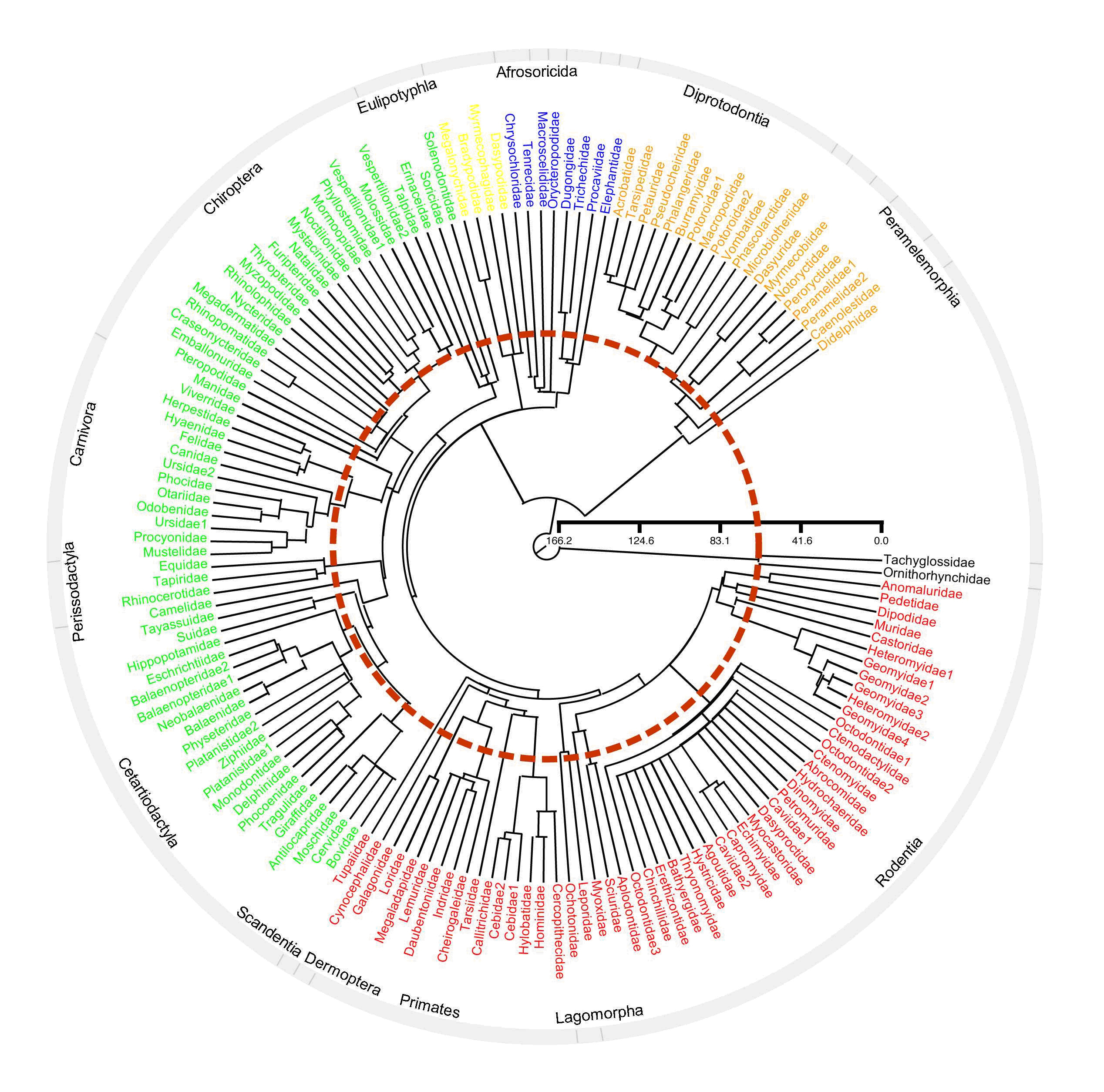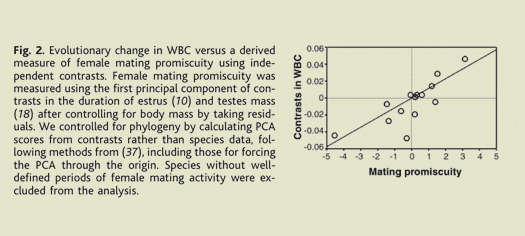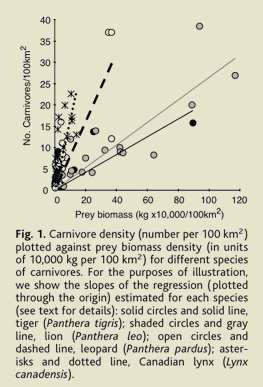The rate-limiting step for our work are complete phylogenies. Currently, complete species-level information on mammalian evolutionary relationships is not available in one source. Although there are now an ever-growing number of published studies using morphological or molecular gene sequences to construct the evolution of mammalian clades, it is scattered throughout the literature and is not easily accessible. A recent approach to building comprehensive, complete, species-level phylogenies is to combine all the available phylogenetic information into one consensus producing a phylogenetic supertree showing more precise and resolved relationships among taxa. Supertrees of primates, carnivores, bats and angiosperms have already been successfully used to estimate speciation and extinction rates, help identify those species most at risk (see Biodiversity and Extinction), and describe evolutionary patterns of biodiversity within hotspots (see Biology of Geographic Ranges). As part of the PanTheria project, we have now published a complete supertree of all mammals - below .


